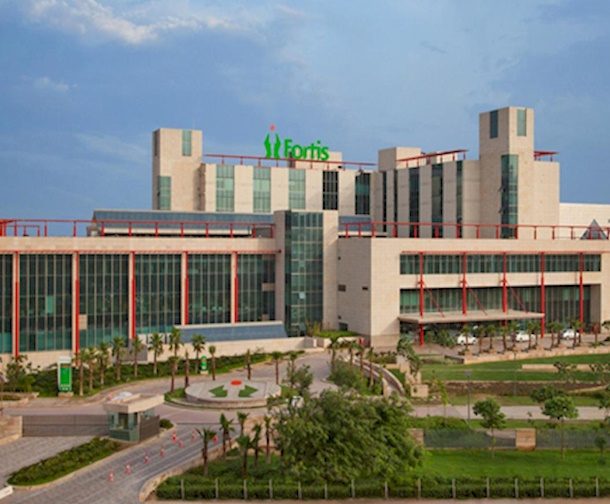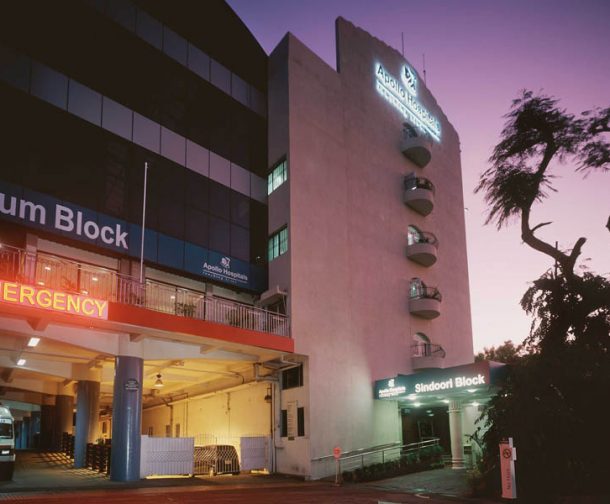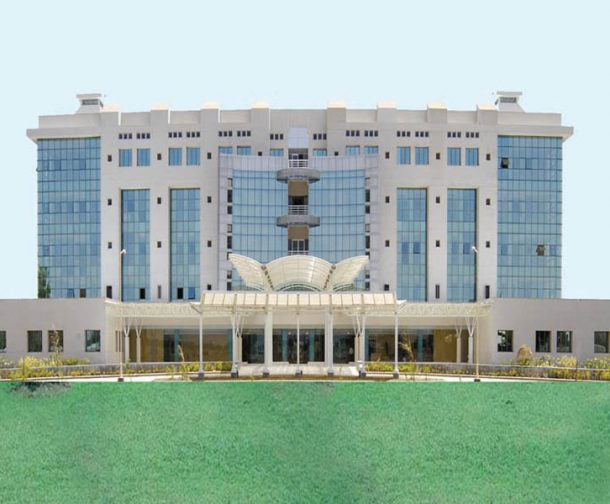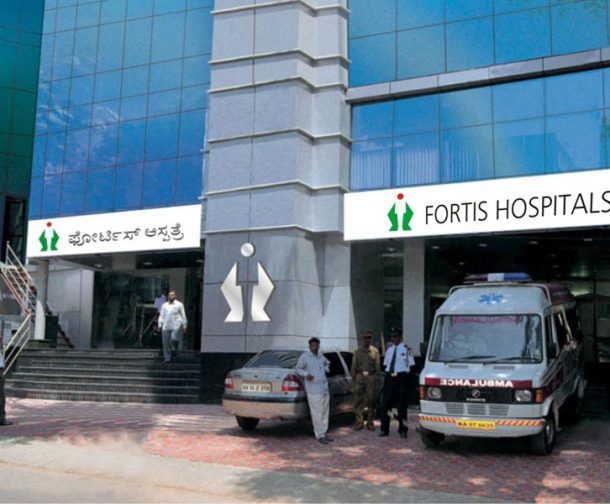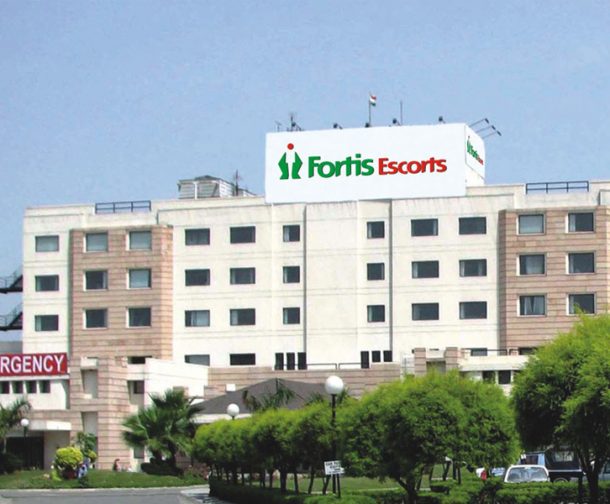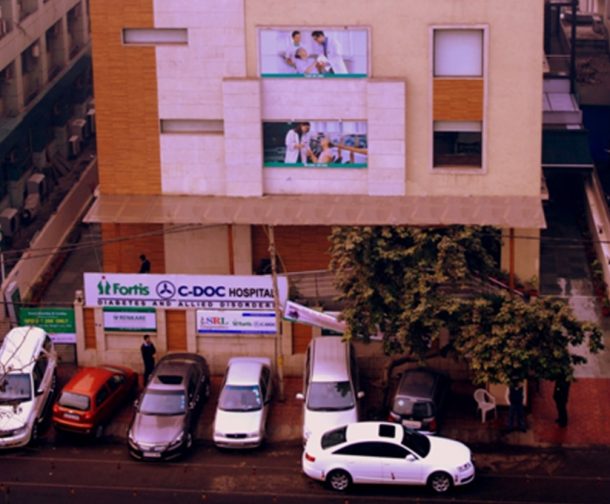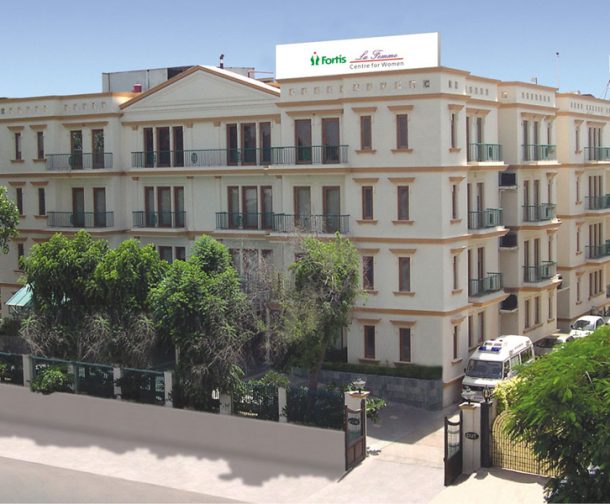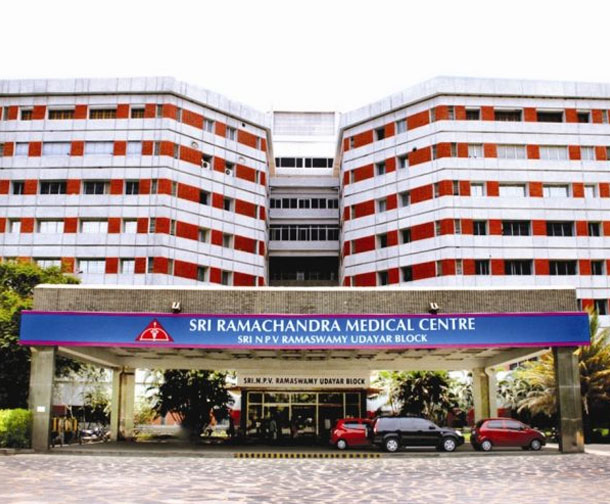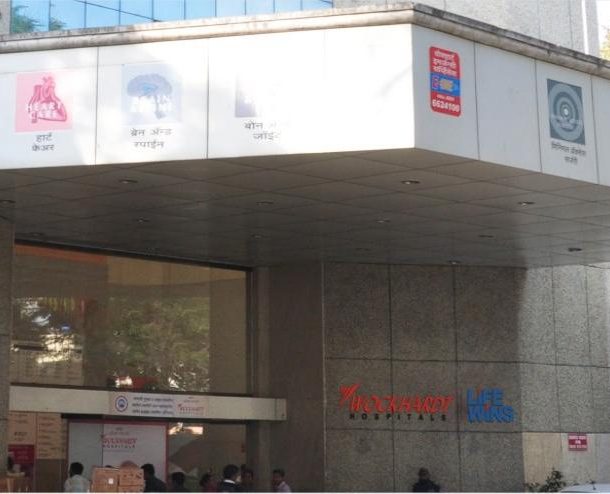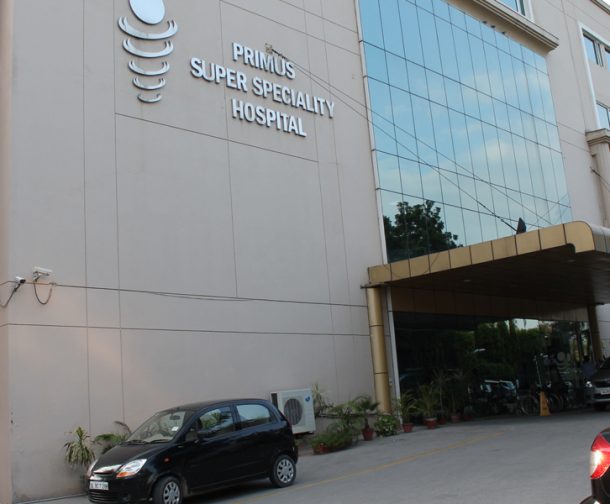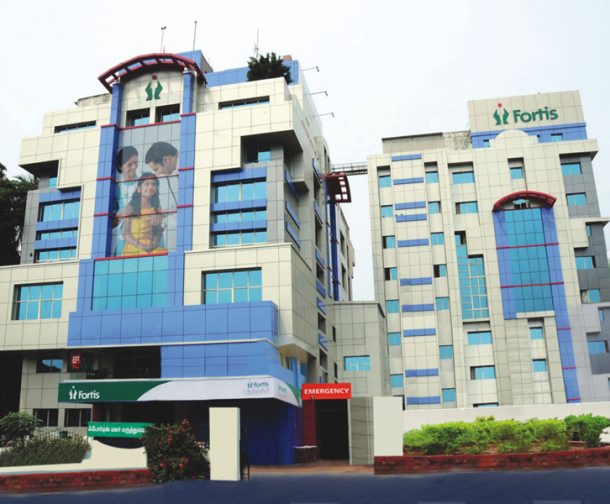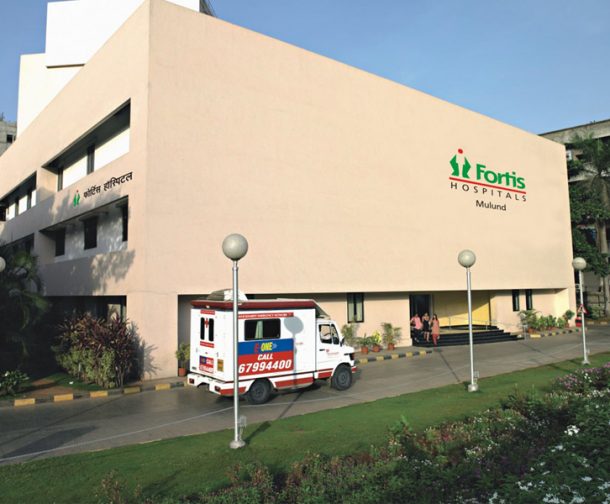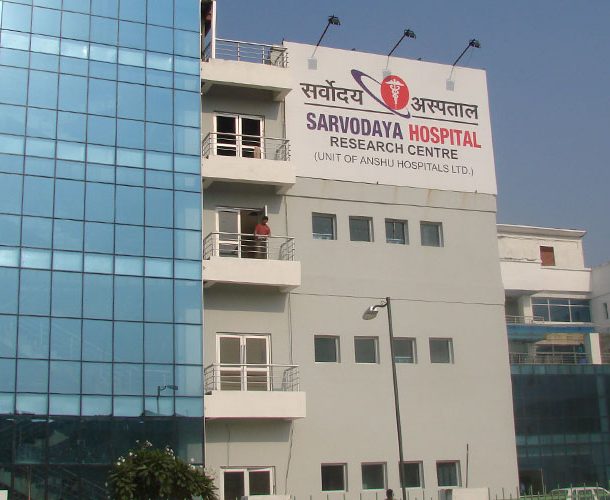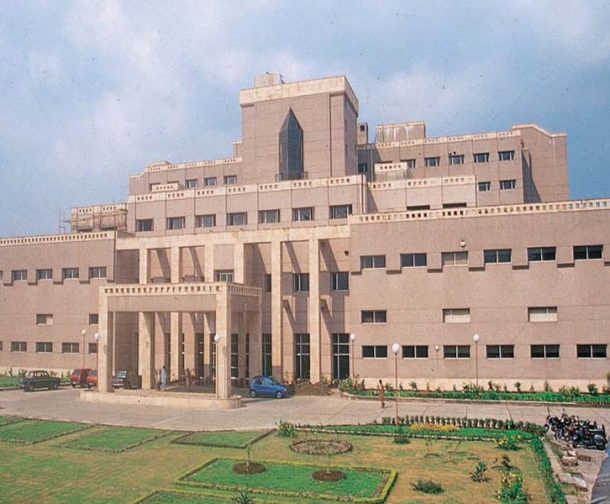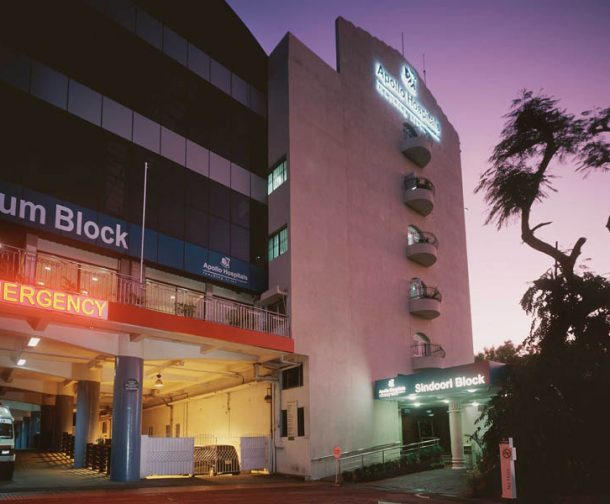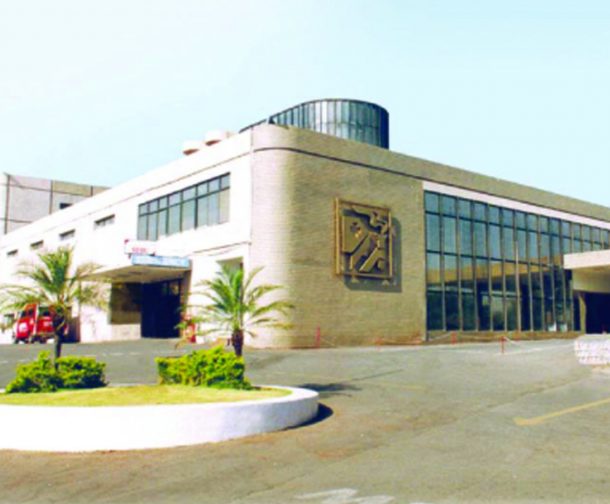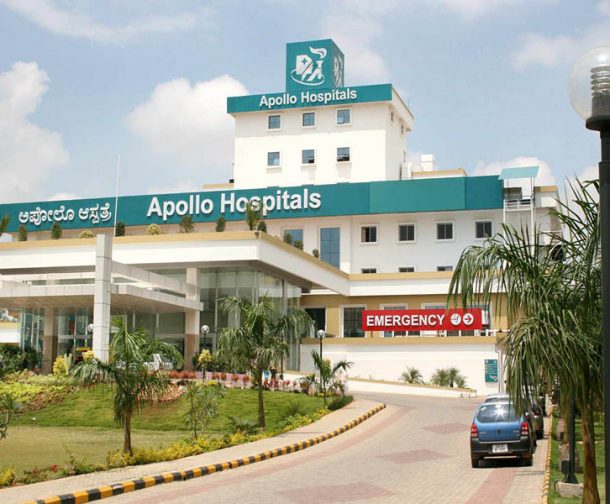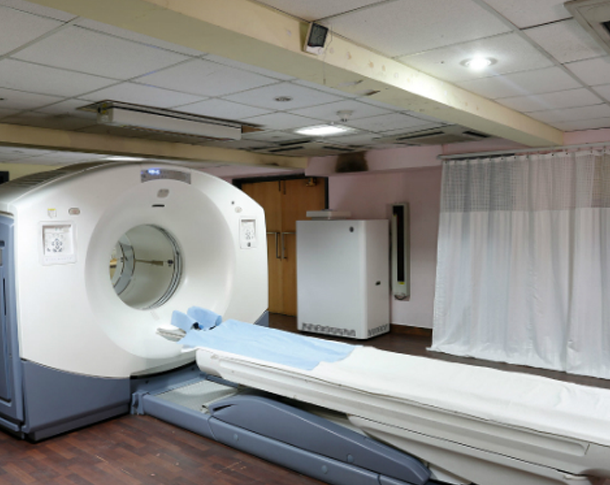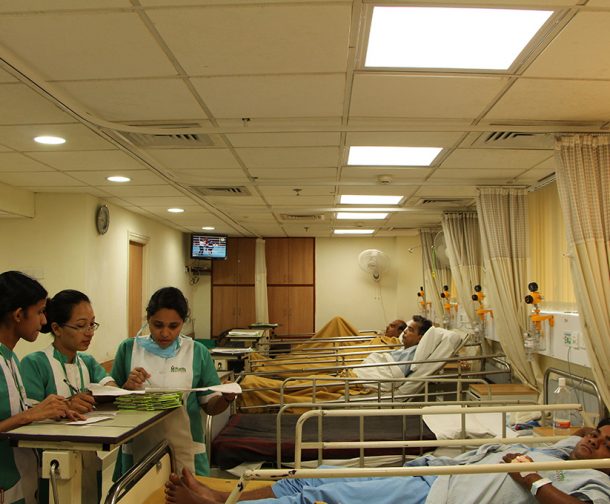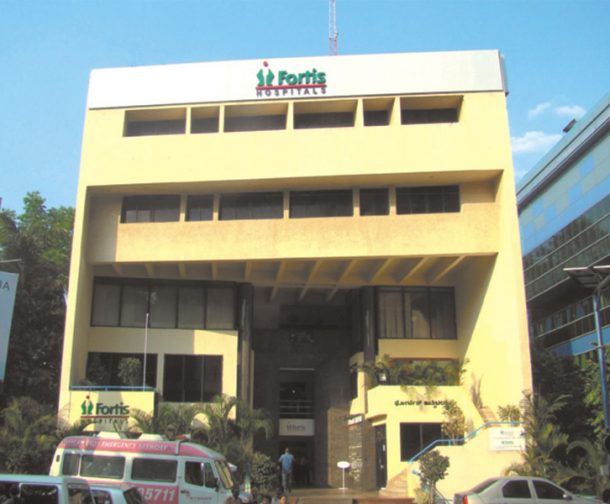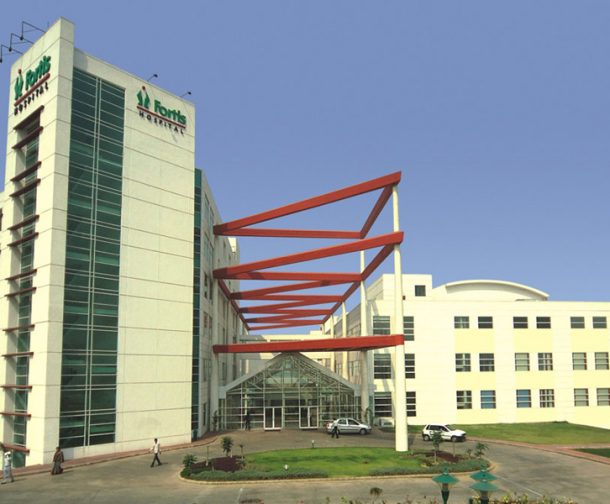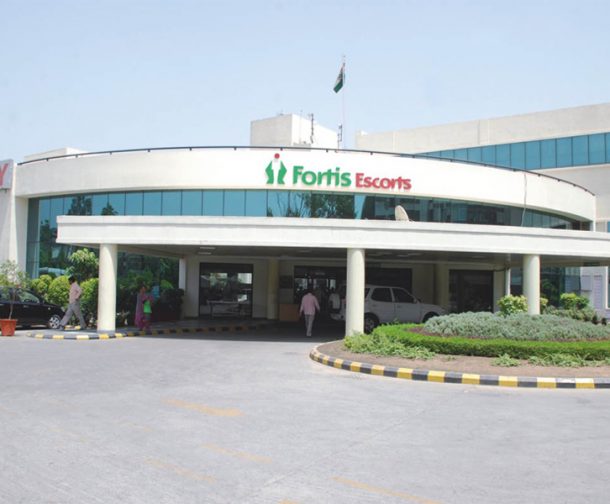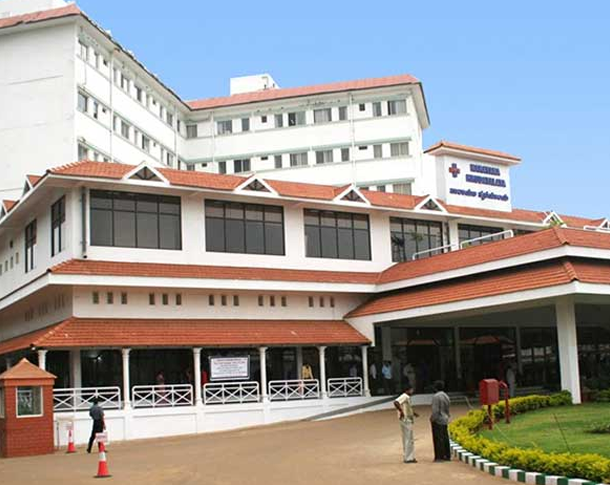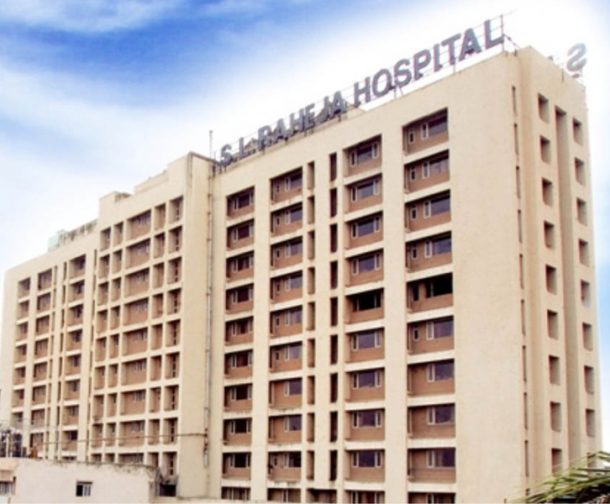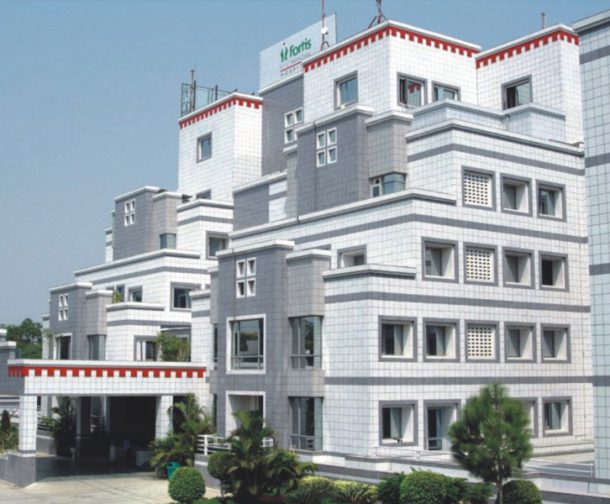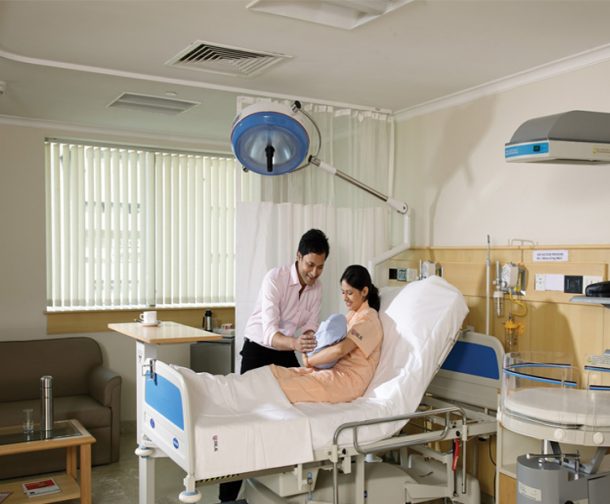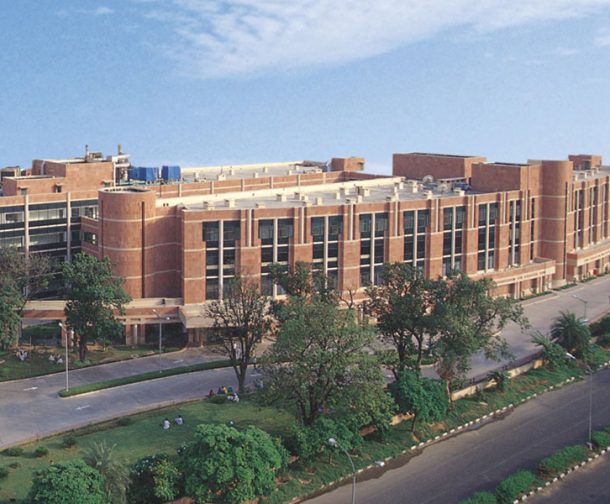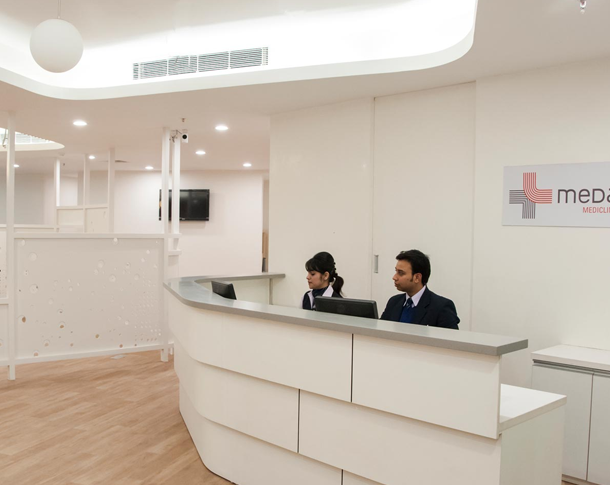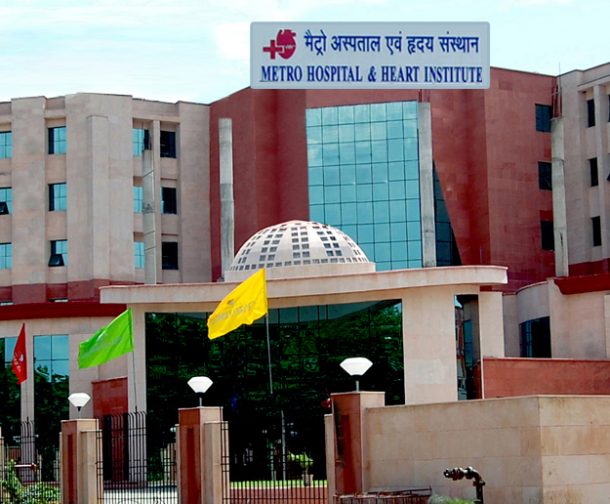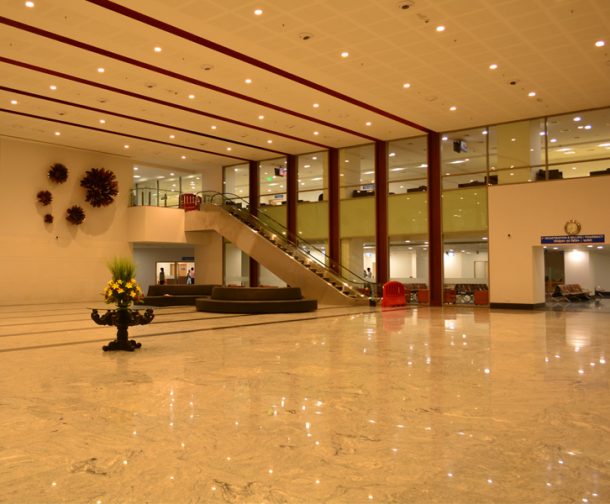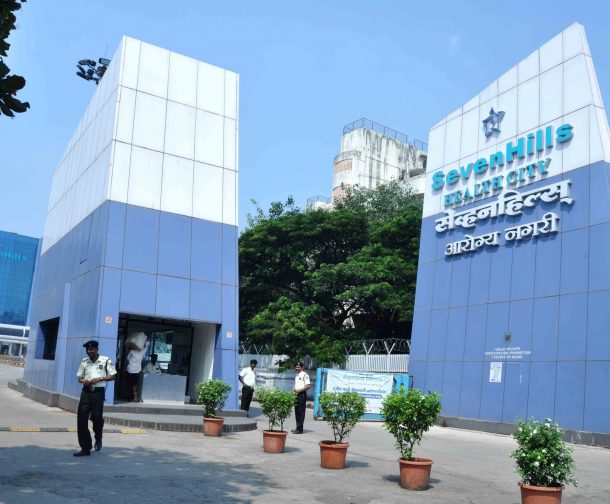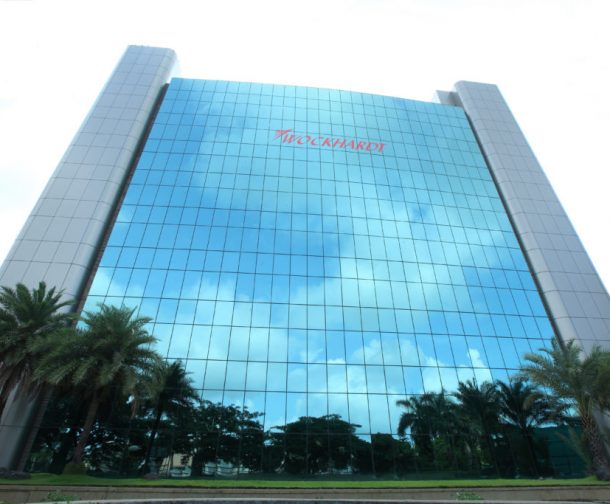
Ophthalmology
According to WHO, 285 million people are estimated to be visually impaired worldwide, out of which 39 million are blind and 246 million have low vision. 82% of people living with blindness are aged 50 and above. Globally, uncorrected refractive errors are the main cause of moderate and severe visual impairment; cataracts remain the leading cause of blindness in middle- and low-income countries. 80% of all visual impairment can be prevented or cured. These figures indicate the burden of ophthalmology care needed.
Most of the international patients come to India for eye-related disorders as eye care hospitals with specially trained Indian doctors offer a well-equipped facility for the examination, diagnosis, and treatment of all ophthalmic diseases and eye related problems.
Eye care hospital in India and eye surgery in India is famous for the international standards and facilities along with the latest procedures in minimal incision surgeries such as LASIK. Refractive surgery also known as LASIK is gaining popularity in India as the success rate of LASIK eye surgery in India is as high as it is in the abroad and cost of this eye surgery in India is very affordable. The availability of best hospitals in India for LASIK eye surgery, cataract eye surgery and the reasonable price range for these treatments has made a lot of medical tourists come to India.
In India, you may get various eye care treatments in an affordable range where you can save up to one-third of what it costs in the US or the UK and even Australia. On an average, a LASIK eye surgery cost for both eyes in India is around $600 in contrast with the surgery costs of $4,500 in the US.
Procedures of Ophthalmology
Cataract
Cataract is a blurred vision caused by clouding of an eye. It cannot be treated with the help of optical or contact lens. Cataract surgery is performed by replacing the affected lens by artificial lens. This clears the vision, also reduces the dependency on eye optical, and lenses.
Cornea transplant
Cornea transplant is the replacement of damaged or diseased cornea, with a healthy cornea of a donor. This transplantation involves two types i.e. ‘traditional cornea transplant’ and ‘back layer cornea transplant’. Cornea transplantation is preferred when contact lens or eyeglasses can’t restore the proper functioning of the eye.
Glaucoma
Glaucoma treatment aims at rectifying the damaged ocular structures specifically the optic nerve by reducing or stabilizing intraocular pressure. The central theme of the surgery is to reduce or control the production of intraocular fluid. Typically it can be treated by nonsurgical options such as eye drops. If seriousness still prolongs, then it is treated surgically by trabeculectomy or laser trabeculectomy.
Lasik- Laser Refraction
Lasik-laser refraction is the procedure which intends to correct the vision problems majorly myopia, hyperopia, and astigmatism. Lasik- Laser surgery enables the cornea to accept light and to be focused correctly on retina.
Macular Degeneration Surgery
Macular degeneration is considered as the primary cause for loss of vision. It is an age related issue which typically affects the macula, a central part of the retina that manages sharpness of vision. Macular Degeneration is diagnosed by forms, dry macular degeneration & wet macular degeneration. Macular Degeneration surgery prevents further loss of vision.
Phacoemulsification with IOL Implantation
Phacoemulsification is a new technique of cataract surgery. It involves emulsification of optical fibers including nucleus and cortex, of cataract with new artificial intraocular lens beinf supported by a posterior epithelial tissue.
Ptosis
Ptosis is the falling or dropping of the upper eyelid. It is due to trauma, age or variations in medications. Sometimes it might be congenital. It can be treated by ptosis surgery. Ptosis surgery tightens the levator muscle and helps the dropped eyelid to lift up. Other treatments are suggested depending upon the need.
Retinal detachment
Retinal detachment is a typical condition where blood circulation and oxygen supply is restricted to the retina. It can be identified by symptoms like objects floating before the eye. The treatment suggestions are sclera buckle surgery, pneumatic retinopexy, or vitrectomy.
Squint
Squint is a condition where the eyes have different angles of deviation, and they point in different directions. It can be effectively treated in early conditions. Nonsurgical treatments are also available such as wearing glasses, doing eye exercises. Surgical treatments include strabismus surgery which is done on the extraocular muscle to set the eye in its correct position.
Vitrectomy
Vitrectomyis done to remove the vitreous humor from the eye, which gets tangled into intraocular lens if not treated. The most common reasons for vitrectomy are retinal detachment, diabetic vitreous hemorrhage. Its treatment involves the removal of vitreous gel, treating the retina with the laser, and repairing tears or holes.
Vitrectomy + Retinal Detachment
Renal detachment is the condition where the lining of the eye peels off, and it floats inside the eye causing blindness of eye. To reattach this retina, vitrectomy is performed to suck and remove the inner jelly. To remove this scar tissue, membranectomy is preferred. Photocoagulation is done to bond the retina again into place.
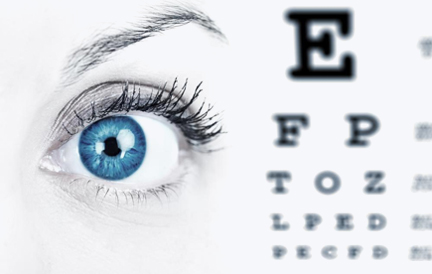
Interesting Facts About Human Eye
- An average person blinks 12 times per minute.
- The eye blinks 1,000 times a day.
- The eye is composed of 2 million working parts.
- The human eye is 576 megapixel.
- Cornea are the only tissues that do not require blood.
- The eye can process 36,000 bits of information every hour.
- The human eyeball weighs approximately 28 grams .
- It is impossible to sneeze with open eyes .
- The eyeballs stay the same size from birth to death .
- The human eye can distinguish about 10 million different colors .

